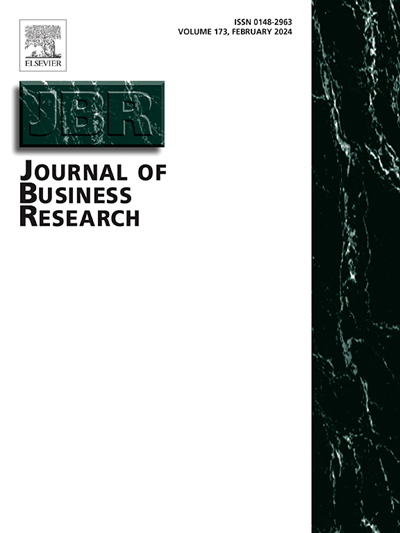他们在看什么:董事的外表和股东的投票结果
IF 9.8
1区 管理学
Q1 BUSINESS
引用次数: 0
摘要
在本研究中,我们探讨了董事的面部表情是否与股东的投票行为相关。利用神经科学和认知心理学的研究,并利用机器学习技术测量董事的可信度、吸引力和支配性,我们发现董事个人的可信度和吸引力与董事选举呈正相关。此外,董事可信度或吸引力的平均水平(差异)越高,股东对薪酬话语权提案的支持程度越高(差异越低)。当股东对董事业绩的了解程度越高时,面孔出现对股东投票行为的影响越弱。最后,我们发现董事的诚信感知与董事会会议频率正相关,表明诚信印象可以影响董事会动态和功能。本文章由计算机程序翻译,如有差异,请以英文原文为准。
What are they looking at: directors’ facial appearances and shareholder voting outcomes
In this study, we investigate whether directors’ facial appearances are associated with shareholders’ voting behavior. Drawing on research in neuroscience and cognitive psychology and utilizing machine learning technology to measure directors’ trustworthiness, attractiveness, and dominance, we find that individual directors’ trustworthiness and attractiveness are positively associated with director elections. Furthermore, the higher average level of (variation in) directors’ trustworthiness or attractiveness leads to greater (lower) support from shareholders on say-on-pay proposals. The impact of facial appearances on shareholder voting behavior is weaker when shareholders know more about the directors’ track record. Finally, we find that directors’ perceived trustworthiness is positively associated with board meeting frequency, suggesting that impressions of trustworthiness can influence board dynamics and functioning.
求助全文
通过发布文献求助,成功后即可免费获取论文全文。
去求助
来源期刊

Journal of Business Research
BUSINESS-
CiteScore
20.30
自引率
10.60%
发文量
956
期刊介绍:
The Journal of Business Research aims to publish research that is rigorous, relevant, and potentially impactful. It examines a wide variety of business decision contexts, processes, and activities, developing insights that are meaningful for theory, practice, and/or society at large. The research is intended to generate meaningful debates in academia and practice, that are thought provoking and have the potential to make a difference to conceptual thinking and/or practice. The Journal is published for a broad range of stakeholders, including scholars, researchers, executives, and policy makers. It aids the application of its research to practical situations and theoretical findings to the reality of the business world as well as to society. The Journal is abstracted and indexed in several databases, including Social Sciences Citation Index, ANBAR, Current Contents, Management Contents, Management Literature in Brief, PsycINFO, Information Service, RePEc, Academic Journal Guide, ABI/Inform, INSPEC, etc.
 求助内容:
求助内容: 应助结果提醒方式:
应助结果提醒方式:


